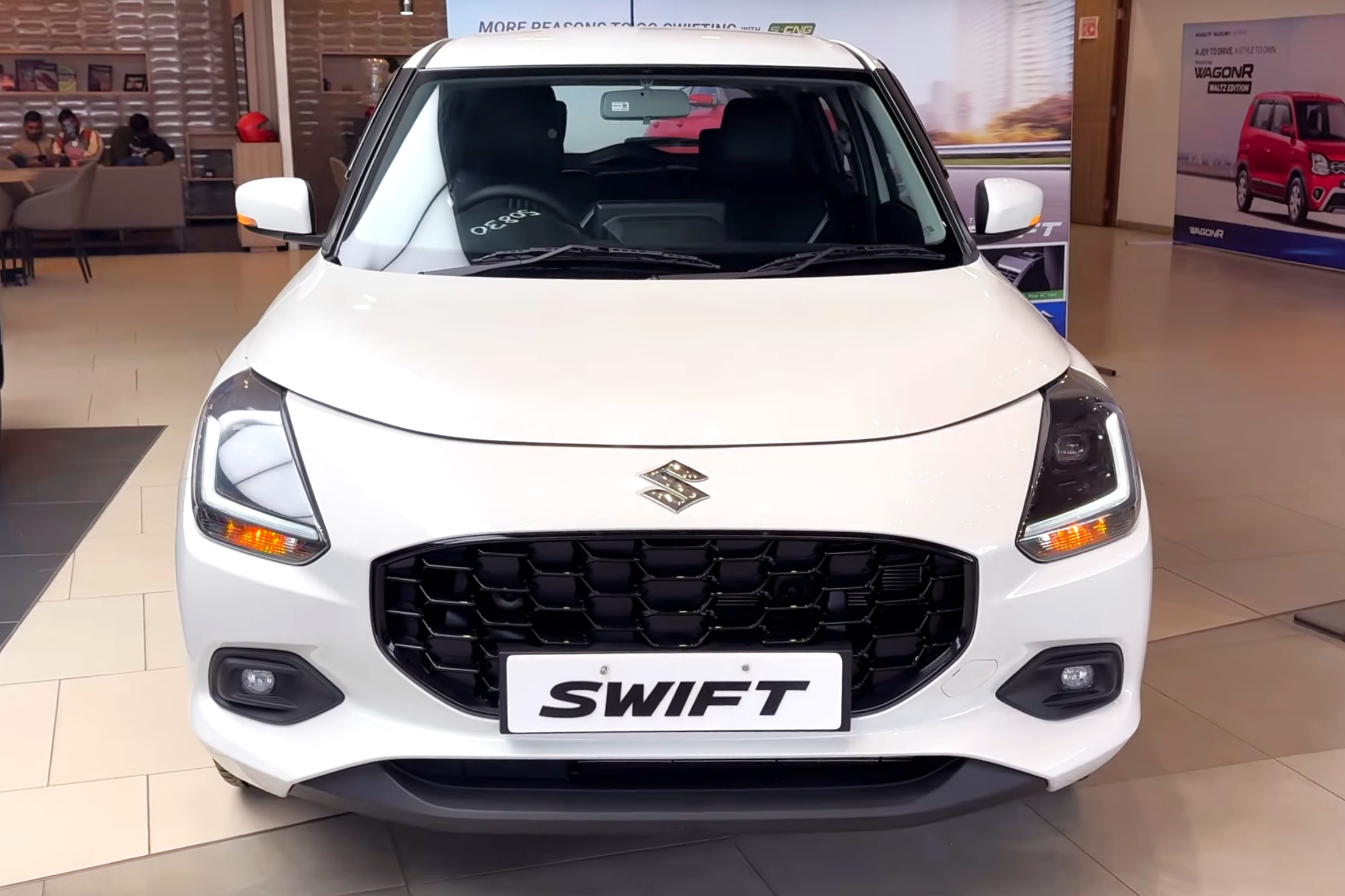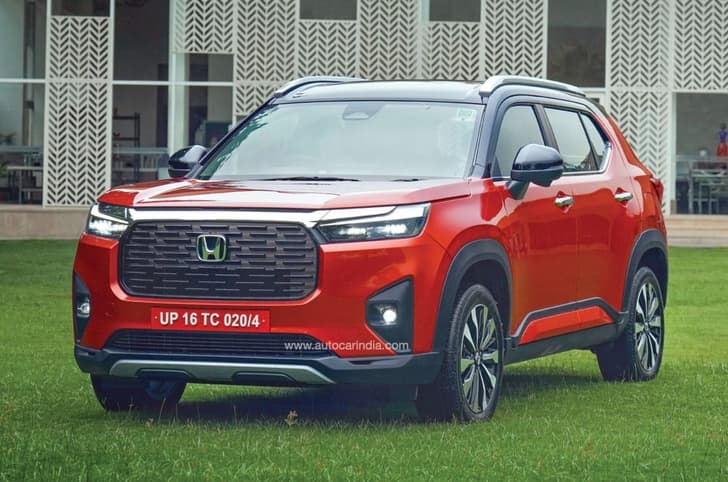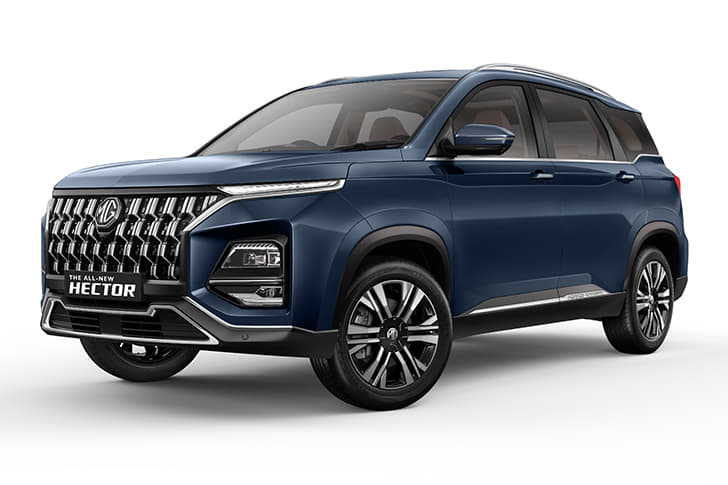The recent global slowdown in EV sales has made several carmakers reconsider their ambitious targets, and instead, announce new plans for hybrids and ICE models. This, however, doesn’t help with the optimisation of costs as carmakers who have made large investments for born-electric architectures have to split their resources between ICE and EVs. The flexibility between both powertrains will be crucial in the short- to mid-term.
BMW, however, seems to have optimised this strategy quite right. Looking at the brand’s portfolio – apart from the iX that’s an electric-only model – all BMW EVs have a combustion equivalent based on the same platform. Take for instance the X1/iX1, the new 5 Series/i5, and the 7 Series/i7. Even the i4 sedan is based on a heavily modified version of the 3 Series’ platform.
All BMWs, from the 3 Series and upwards, are based on the CLAR platform, while the X1, iX1 and 2 Series Gran Coupe are based on the front-wheel-drive UKL2 platform. Both are compatible with petrol, diesel, plug-in hybrid and electric powertrains.
The case of born EVs vs flexible architectures
In a recent interaction with Autocar India, Jean-Philippe Parain, senior VP, sales for APAC, Eastern Europe, Middle East & Africa, BMW Group, says, "Looking at the recent development in the market, a flexible architecture is perhaps the best solution right now. We have always said we will remain flexible and the times are now proving us right."
This is in contrast to some other premium carmakers like Mercedes-Benz, Audi and Volvo, who have separate underpinnings for their ICE and EVs. For instance, Audi has segregated its new ICE and EV models to either be based on the PPC (Premium Platform Combustion) or PPE (Premium Platform Electric) platforms, respectively. The Q4 e-tron available abroad, meanwhile, is based on VW’s MEB born-electric platform.

Similarly, at Mercedes-Benz, the EQS and EQE are underpinned by the EVA2 electric platform. These are completely unrelated to the ICE equivalents of these models, which are based on the MRA2 platform. Mercedes-Benz does have GLA/EQA and GLB/EQB twins based on the front-wheel drive MFA2 platform, but this will be phased out in 2025. Volvo, too, has done something similar with its born-electric architectures from parent brand Geely.
The point when this becomes a problem is when actual sales do not match the projected sales – as is happening now – and carmakers are not able to recover their investments in the short- and mid-term. Additionally, while born EVs have to bear the cost of development all by themselves, in the case of a shared architecture, the cost gets split between both derivatives, and the products can be put on the market a lot sooner. Lastly, the multiplicity of platforms also increases the complexity and cost of production.
What’s more interesting is that from a user’s point of view, there aren’t huge gains to be had in terms of range. For example, the CLAR-based BMW i5, with the 81.2kWh battery, has a claimed range of 582km on the WLTP cycle. On the other hand, the born-electric Mercedes EQE (89kWh) and Audi A6 e-tron (83kWh) sedans return 618km and 610km on the WLTP cycle, respectively.
EVs to continue to grow, along with ICE and hybrids
There’s no doubt that the future is going to be increasingly electrified. In fact, BMW too has committed to born-electrics with its future Neue Klasse range, but these models are still a couple of years away. In the short term, BMW’s approach of a unified platform not only helps optimise costs but also prolongs the life of the combustion engine with hybrid technology, ultimately benefiting customers.
Just a couple of months ago, Mercedes completely dropped the development of the MB.EA large born-electric architecture, after being put off by the poor sales of the existing EQE and EQS models. Even the successor to Mercedes’ MFA2 platform for its next-gen compact cars will not be exclusive to EVs, but allow for hybrid technologies, too. More recently, JLR upped its investment on ‘flexible’ platforms after the slower-than-predicted EV sales forced it to boost spending on platforms that allow combustion engines as well as electric powertrains.
"We believe EVs will continue to grow. We expect 50 percent of our sales to be purely electric by 2030, but we will remain flexible. If the demand is slower, we will, of course, have more ICE vehicles," said Parain.
And this doesn’t just apply to the luxury carmakers mentioned here, but it is also equally relevant for mass-market brands. In fact, homegrown carmakers like Tata Motors and Mahindra have proved how effective shared architecture between ICE cars and EVs can be.


























